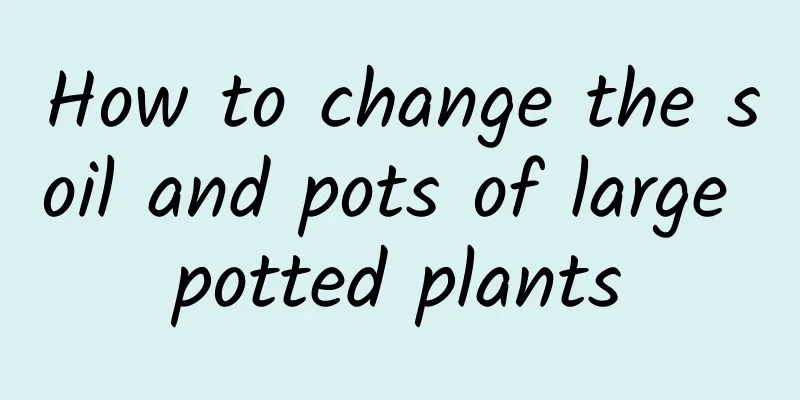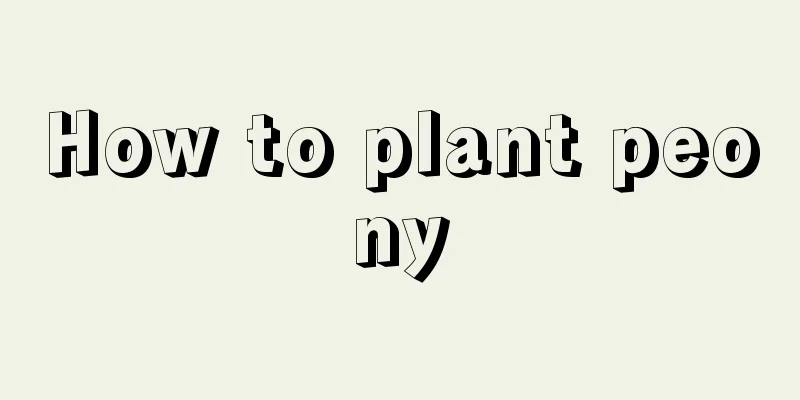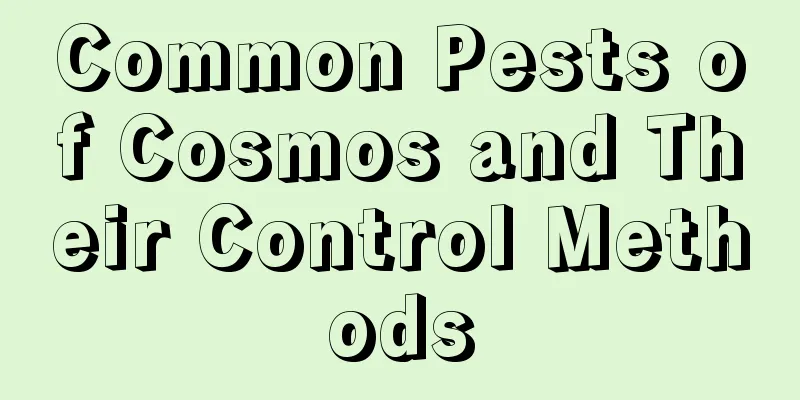How to change the soil and pots of large potted plants

The role and requirements of changing soil and pots for large potted plantsLarge potted plants are living plants planted in pots. According to the ornamental focus of large potted plants, they can be classified according to tree shape, number of trees, tree height, tree species, ornamental value and style. Large potted plants can be repotted in autumn because the weather is cool and the air temperature is suitable. Most plants can be repotted and will recover quickly after repotting. Function : After 1 to 3 years of cultivation, the nutrients in the potting soil of large potted flowers and trees are exhausted, and the original pots are no longer suitable for growth and development, so they need to be turned over or replaced to supplement nutrients. Requirements : When repotting large potted plants, remove part of the original soil and replace it with loose, breathable soil. The most feared thing is that the soil will become compacted and silted, which will cause the roots to stop growing and the roots to rot. How to change the soil and pots of large potted plantsRemoving the pot : Before repotting large potted plants, you need to stop watering the plants for a few days, gently pinch the edge of the pot to remove them from the pot, and then check the roots. If there are any black and rotten ones, trim them first. Prepare the soil : Organic soil mixed with a small amount of sand is best for large potted plants. Large potted plants have higher requirements for soil. The size of large potted plants should be matched with the flower pot, preferably a ceramic pot. Planting : For large potted plants, first fill the bottom of the pot with soil, then mix some slow-release fertilizer as base fertilizer, put the plant in after filling the soil, gently pat the pot, and finally water it thoroughly. The water must be poured thoroughly to facilitate the growth of the plant. Maintenance points for large potted plants after changing soilAfter changing the soil for large potted plants, water them thoroughly. Make sure to water them thoroughly to facilitate the growth of the plants. After watering them thoroughly, place the plants in a cool and ventilated place for a period of time to slow down the growth. When the branches and leaves do not wilt and show signs of growth, it means the plants have adapted to the pot. |
<<: How long is the fruiting period of citrus? Fruiting period maintenance and management methods
Recommend
How to breed bear paw
Bear's Paw Growth Conditions Bear's Paw p...
How to grow money tree quickly
1. Suitable soil Be careful when choosing soil fo...
What are the varieties of bamboo palm
Palmatum multilobum The multi-lobed bamboo is a c...
How to propagate Dendrobium by cuttings (cutting time, method and precautions)
First, cuttings The flowering period of Dendrobiu...
How to grow crabapple flowers well
Begonia growing conditions The adaptability of cr...
When growing snake plants in autumn, add a little "this" when watering, and side buds will keep growing!
Many plants and flowers are very suitable for ind...
Can bananas be grown in the yard?
Can I grow bananas in my yard? Bananas can be pla...
How to fertilize lotus root? What fertilizer to use?
The lotus root plant is huge, has strong fertiliz...
Why does the gardenia have buds but does not bloom?
Gardenia is one of the eight famous fragrant flow...
How to grow orchids so that they bloom and are more fragrant?
1. Soil suitability When caring for orchids, it i...
How to cultivate Viburnum
1. Soil Viburnum is not very demanding on soil co...
Why does red silk melt into water?
1. Insufficient sunlight The red silk may be molt...
The meaning and symbolism of peach blossom
1. Love There are many flowers that symbolize lov...
How to plant litchi seeds to germinate
1. Time Selection If you want litchi seeds to ger...
How to pinch the tip of Liubeili
Six times profit topping requirements In the actu...









